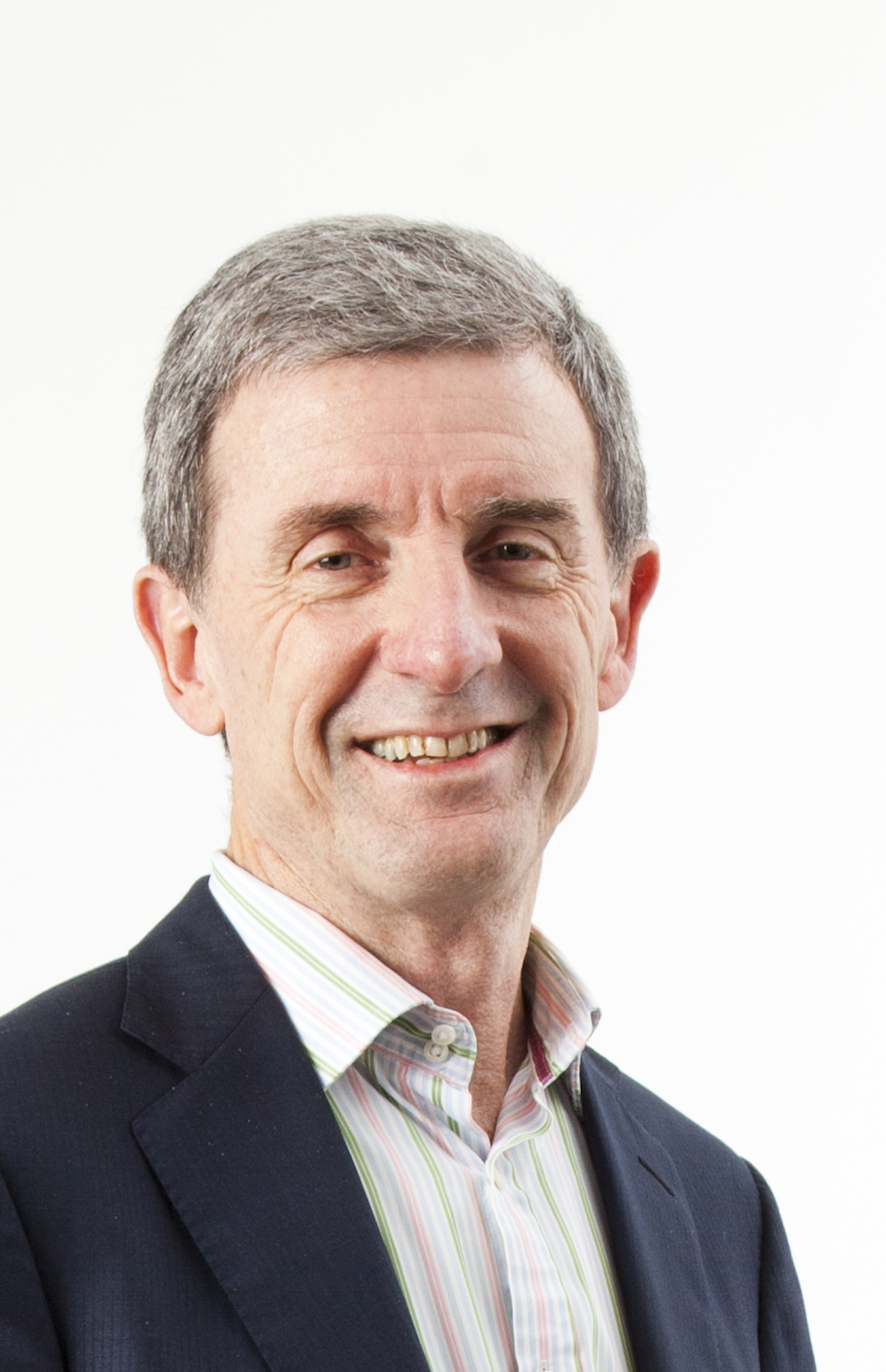Castlemaine architect Simon Disler thinks there is a crucial missing step when designing more sustainable houses for the mass housing market: flexibility.
“We wanted to come up with a building concept that was really about having a modular floor planning system that means you can shuffle the parts of the building around to adapt to a site to get good performance,” Mr Disler said.
That means thinking about lot size and orientation and then adapting a floor plan to the site so that a house faces the sun. He said this step is a cost-effective way to save energy consumption — but it is missing in the mass housing market.
Dr Masa Noguchi, Associate Professor in Environmental Design at The University of Melbourne agrees.
Even through it was difficult to provide a precise figure in terms of estimated savings, he estimated a 30 percent reduction of use of free clean energy provided for by the sun if a house facing west or east instead of north.
“Orientation of the building is extremely important,” he said.
“The sun is free clean energy so why don’t we use free clean energy?”

Architect Simon Disler thinks customised floorplans are crucial for good solar passive design.
Mr Disler said one of the problems with the mass housing building industry was the focus on the end product rather than customising the product to suit its location.
“The building industry is sort of characterised by choosing a postcard of a house and crowbarring it into a site,” he said.
“There’s not really any expertise and much consideration of which way it should face regarding the sun which is going to give you your sort of key performance.”
Despite all new Australian housing having to comply with a national six-star energy rating system, Mr Disler said there are “lots of holes in the system” because the energy rating happens on paper prior to construction of the building and not after the build.
According to Mark Davies, group manager at Australian Buildings Codes Board (ABCB), the board is responsible for developing the national construction code but not enforcing it during construction.
“There needs to be both the prescriptive requirements and the code and the follow up by the appropriate building authority,” he said.
Greg Rowell, general manager at mass housing provider Cavalier Homes Bendigo, said a certificate of occupancy is granted by a building surveyor after a “fairly comprehensive” inspection, but it is limited.
“[It] is a visual inspection by the inspector, it’s not based on any thermal testing or that type of thing,” he said.
Mr Rowell agreed that, in an ideal world, a block would be selected and the house designed to suit that block. He said it is something the company does but not often. Instead, most houses are built to face the street.
Instead the company meet their six-star energy rating through the use of efficient materials and includes double-glazed windows, rainwater collection systems and solar panels.
“We do allow quite a few changes that will give the house a better footprint, if you like, to sustainability,” he said.
Read more.





